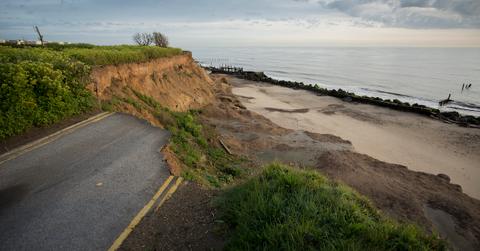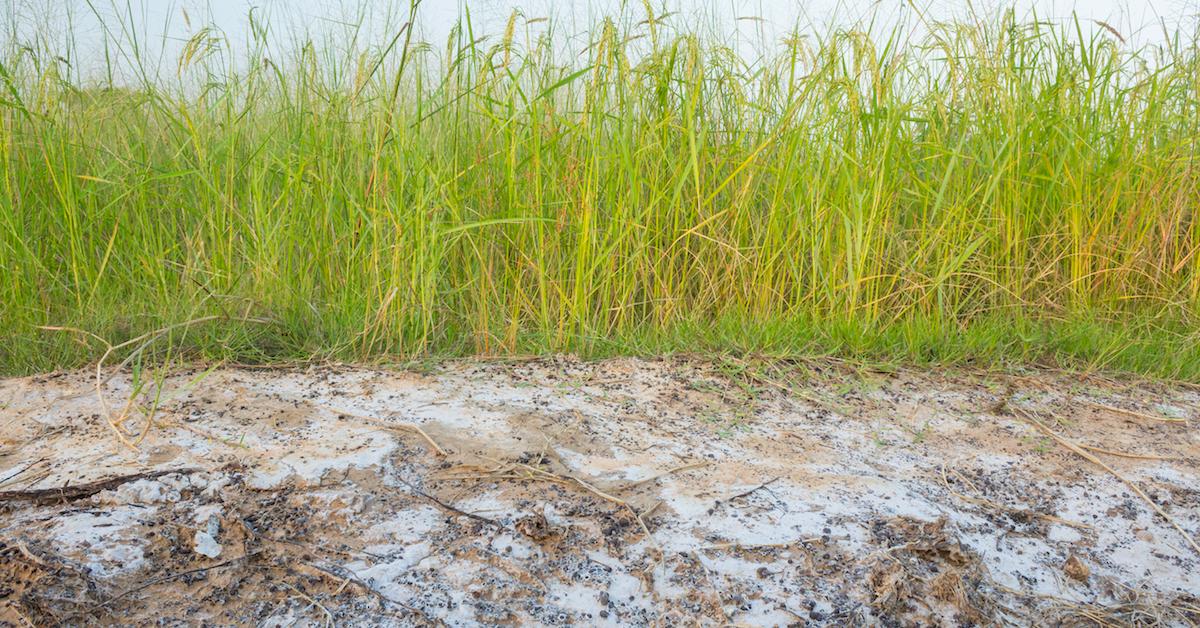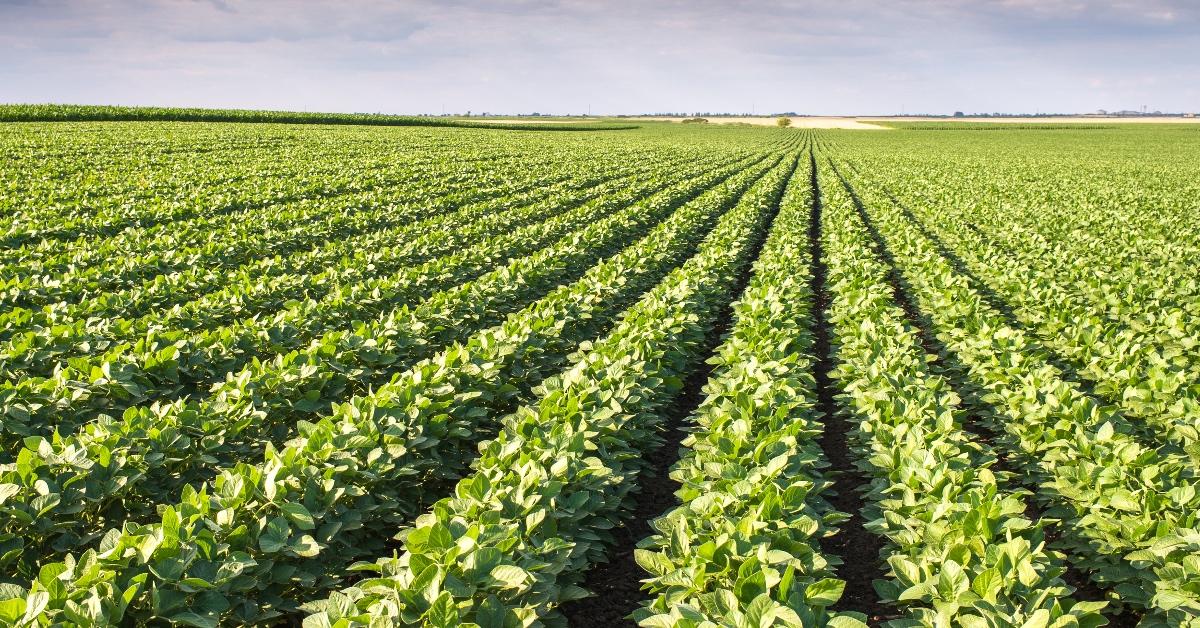Soil Conservation Is Essential to a Healthy Ecosystem — Here Are Methods That Work
Updated Aug. 18 2023, 1:36 p.m. ET

Fertile soil is vital to life on this planet. Sadly, the biggest threats to healthy soil and soil conservation are climate change and agriculture practices including the use of pesticides, according to a United Nations report from 2019.
In places worldwide, critical issues like deforestation are sapping the fertile elements of the soil that every creature on Earth needs to grow and thrive. The best way to try and counteract or mitigate harm from unsustainable practices is to try soil conservation. Here are a few of the best soil conservation methods and why they're important explained.

What causes soil erosion and infertility?
Several negative farming practices cause soil erosion and infertility. These include slash-and-burn farming methods, which destroy natural vegetation and inevitably strip entire ecosystems of fertile soil, and other unsustainable farming methods that use improper chemicals, additives, and even irrigation materials to cause irreconcilable soil damage.
Deforestation erodes entire swaths of once-fertile forests and jungles, leaving behind dry, dead soil that might eventually turn into deserts. Many global organizations are working to stop these practices and attempting to create sustainable practices for using our natural resources correctly.

What are some soil conservation methods?
Terrace farming is a soil conservation practice on small farms near or around hillsides. This type of farming uses the land's topography to create ascending levels of arable land that break up space and allow for easier manipulation of water flow. Instead of pooling or washing soil away, irrigation is more efficient and controlled. Terrace farming also creates natural windbreaks.
The Phoenicians first invented another soil conservation method known as contour farming. Per Science Direct, contour farming involves crops are planted up and down, furrowed by different rows and altitudes, to create a better flow of water, thus resulting in less erosion.
The final primary soil conservation method is no-till farming. According to the U.S. Department of Agriculture Climate Hub, instead of plowing the crops under at the end of the season, the plants are allowed to remain anchored in place until they decompose for the next season. The result is less loose soil, less bare ground, more exposed to wind and water.

What are some soil conservation methods I can use at home?
Soil conservation isn't only for those in agricultural fields — you can utilize soil conservation methods at home, too! Here are three methods you can employ in your backyard for combating erosion and also conserving water.
Try breaking up the ground.
To conserve soil in your backyard, you can start by reducing impervious surfaces like driveways and patios. Rainwater flows and gains momentum when moving over such surfaces, which means it can erode stream banks and lakeshores as it does so. If you still want stability in your yard, use paving stones rather than concrete slabs. Water will allow it to penetrate the ground more evenly when it rains rather than in great rushes.
Utilize rain gardens and rain barrels.
A rain barrel placed beneath a downspout or a gutter drain is a great way to collect the water that runs off your roof. According to the University of Minnesota Extension, you can then use this water on your lawn and garden rather than using a hose. You could also collect water using a rain garden, which is a shallow depression in your yard. You could also use the rain depression to grow plants, like a little backyard pond.

Create natural windbreaks.
Planting sturdy trees in your backyard will not only help you create natural windbreaks for your precious soil but also provide countless other benefits to your backyard ecosystem.
Plants like shade trees provide protection from the sun and homes for wild animals. They help to keep soil firm and draw millions of insects and microorganisms into your yard. Trees can also protect your home from wind damage. Shrubs can work as windbreaks, too, and their root systems will assist in soil cohesion.
This article, originally published on Dec. 11, 2020, has been updated.